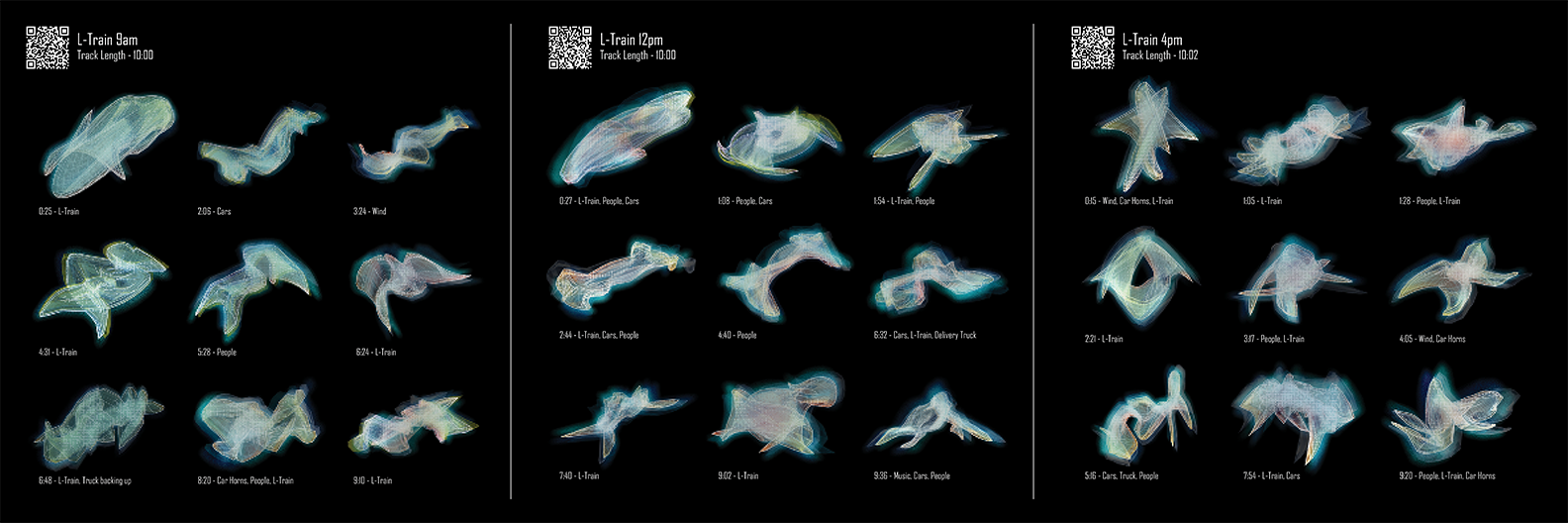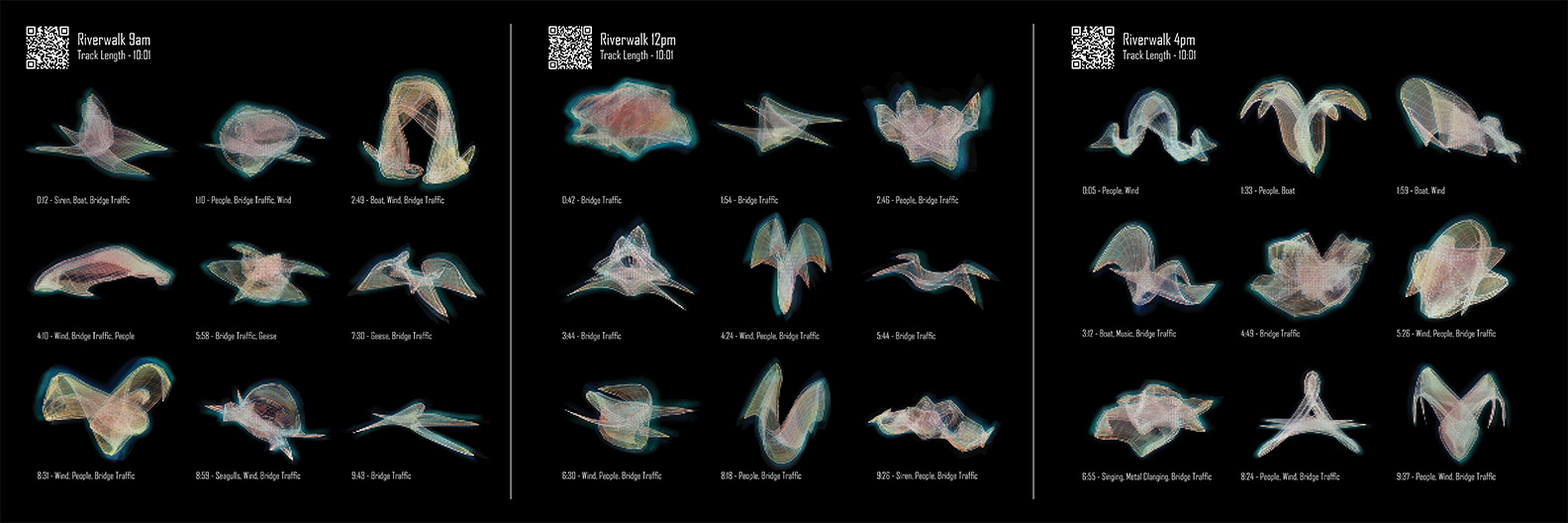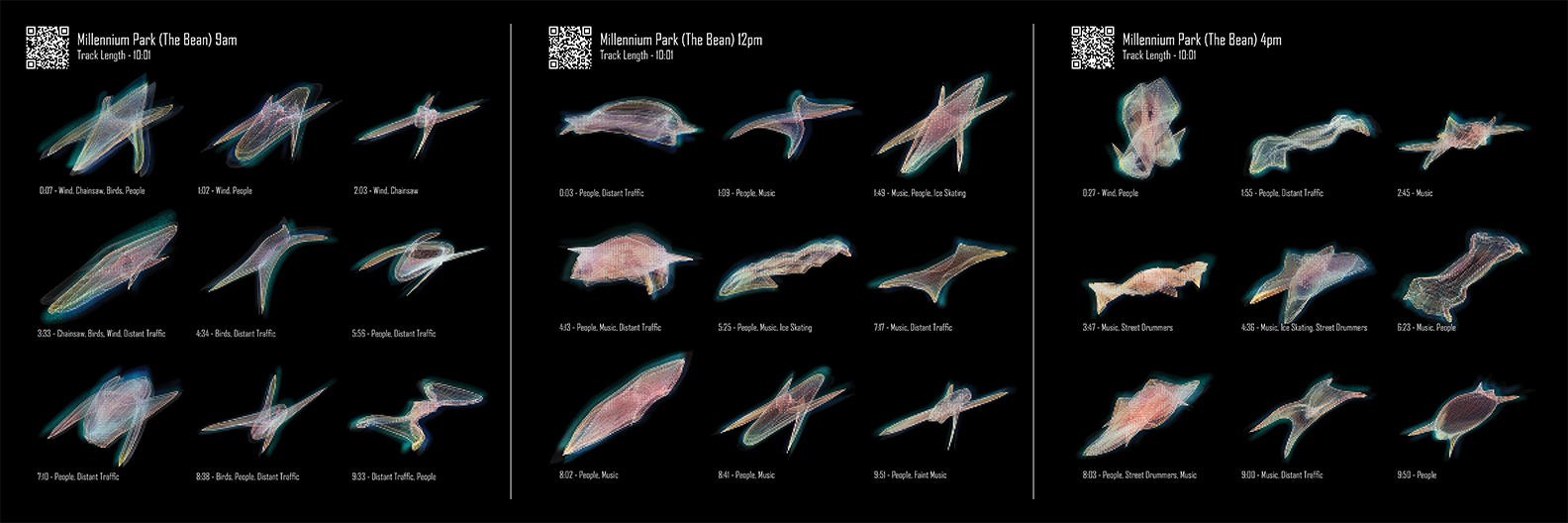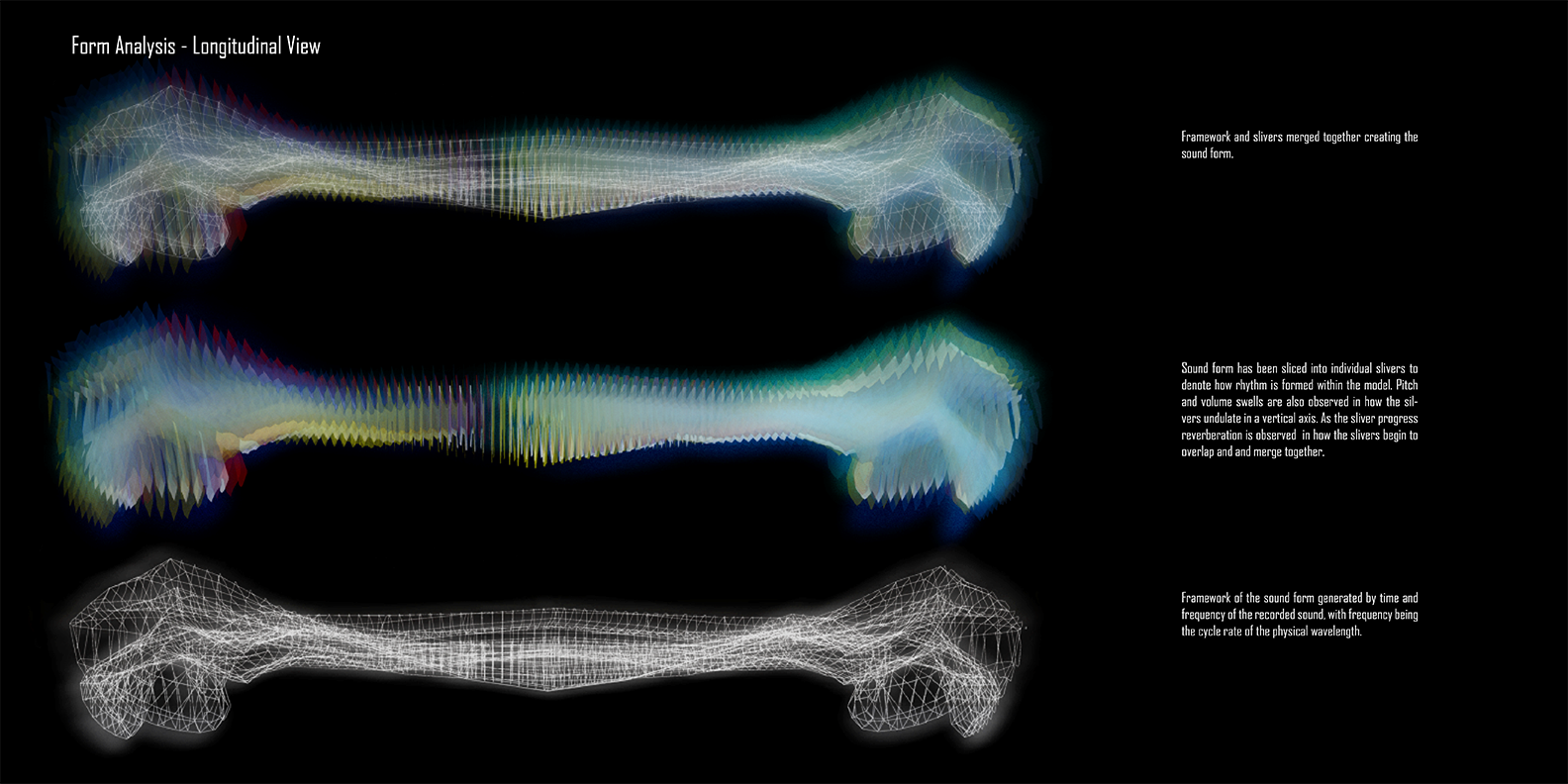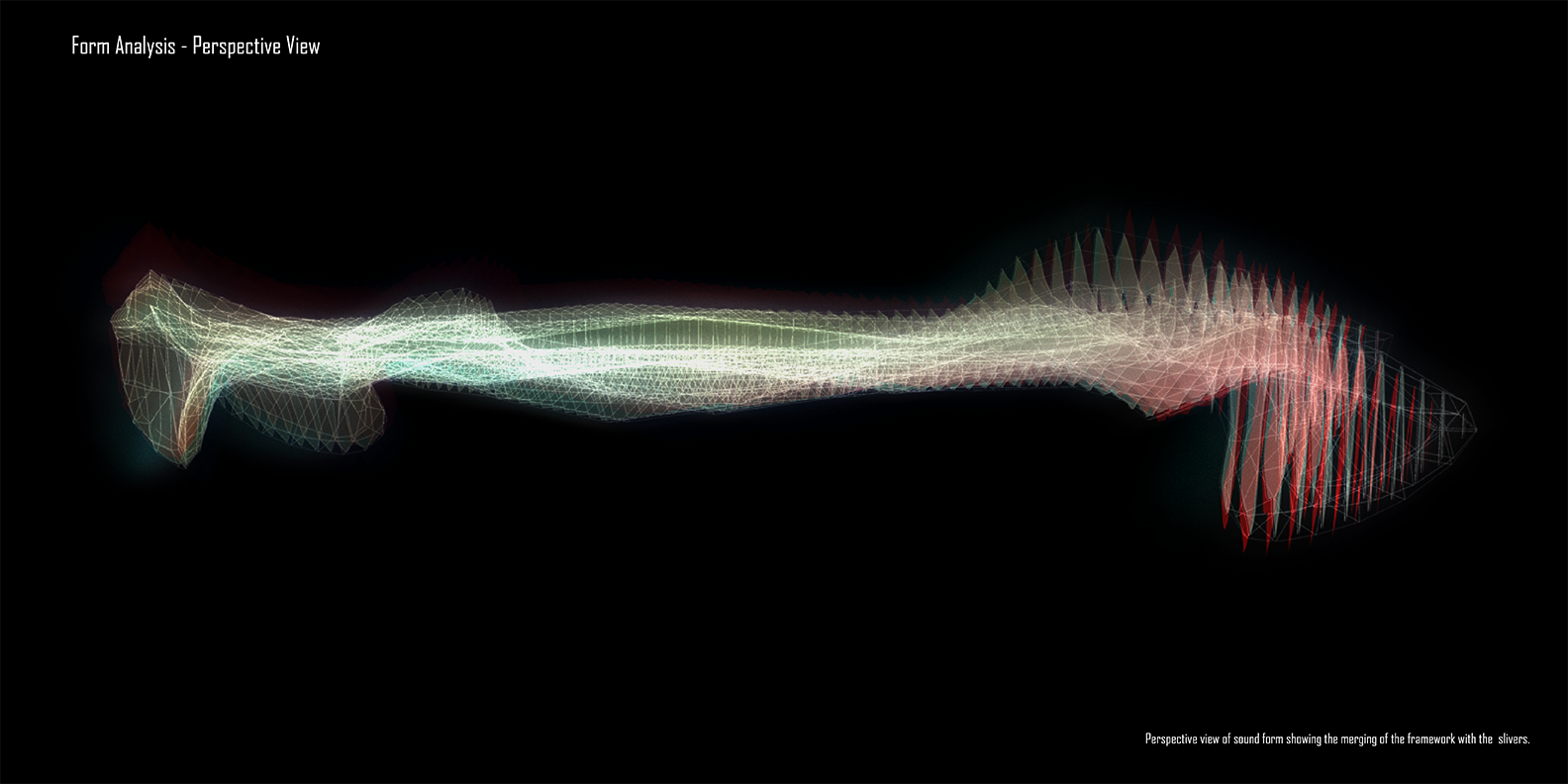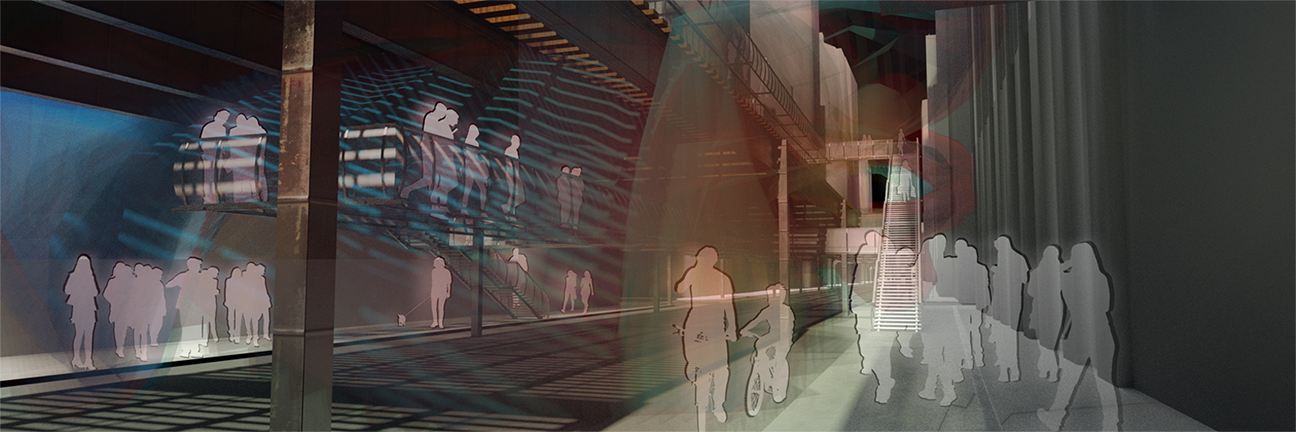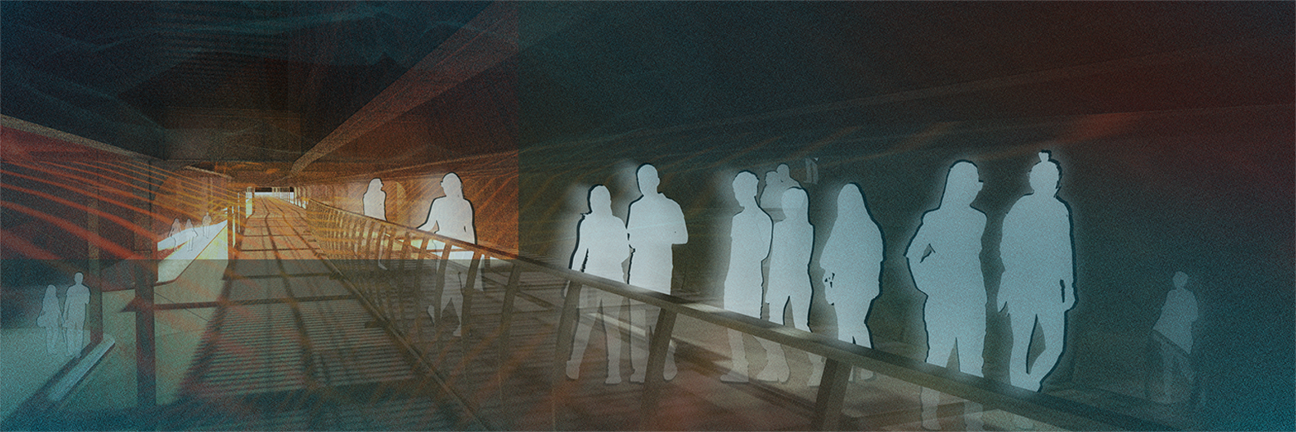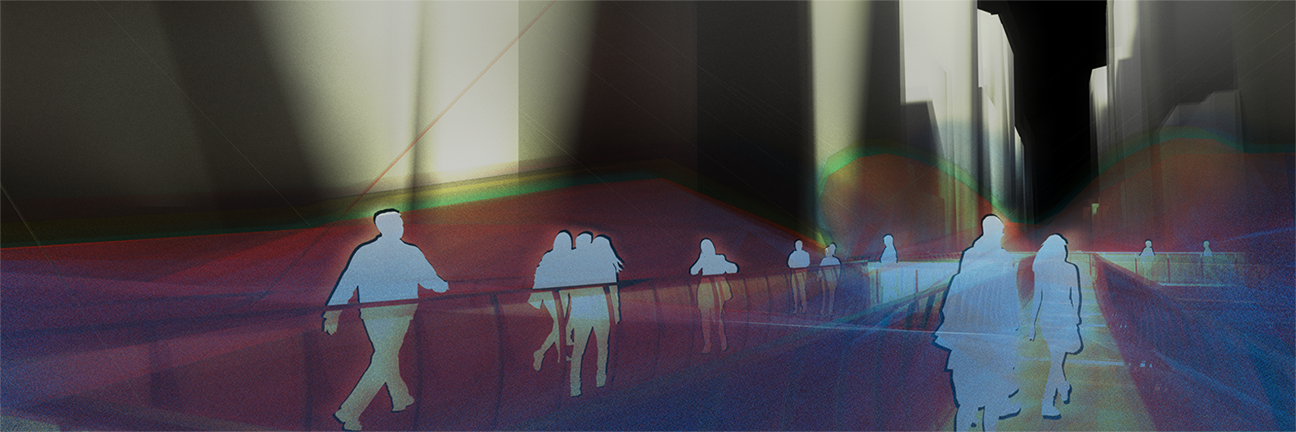John Anderson is an architectural designer, photographer, and musician originally from Orlando, FL, and currently based in Chicago, IL. John enjoys exploring the concept of sound or music as a spatial and form generator and then creating an architectural experience from this idea.
Remastering the Soundscape
Sound is a vital component to architectural design. It is a significant contributing factor in making spaces come alive. Unfortunately, in modern day architecture sound is often an afterthought in the design process. If it is even considered at all it is only regarded in the sense of how to reduce, isolate, and absorb sound rather than to celebrate it and use it to enhance the user’s experience. Sound gives space quality. While our visual field focuses us in a forward direction, our aural awareness is omnidirectional and opens us to a world beyond while at the same time locating us in space. Sound impacts in meaningful ways that sight cannot. It puts us in the middle of activity and makes us aware of our surroundings. Chicago is a loud city. Curtain walls and canyons created by the tall Chicago buildings impact these already powerful sounds of the cityscape by reflecting and amplifying them.
So, what if we could see the sounds within our built environment? Would these forms be desirable and enticing to engage with? Or would we find them frightening and would they make us want to flee from them? What sort of experiential quality could be had by interacting with such forms? It is my belief that by giving form and spatial quality to these sounds will help us to understand how sound impacts our environment and creates the possibility to refine existing urban conditions to create a more enjoyable, melodic, socially interactive, and experiential sonic environment.
